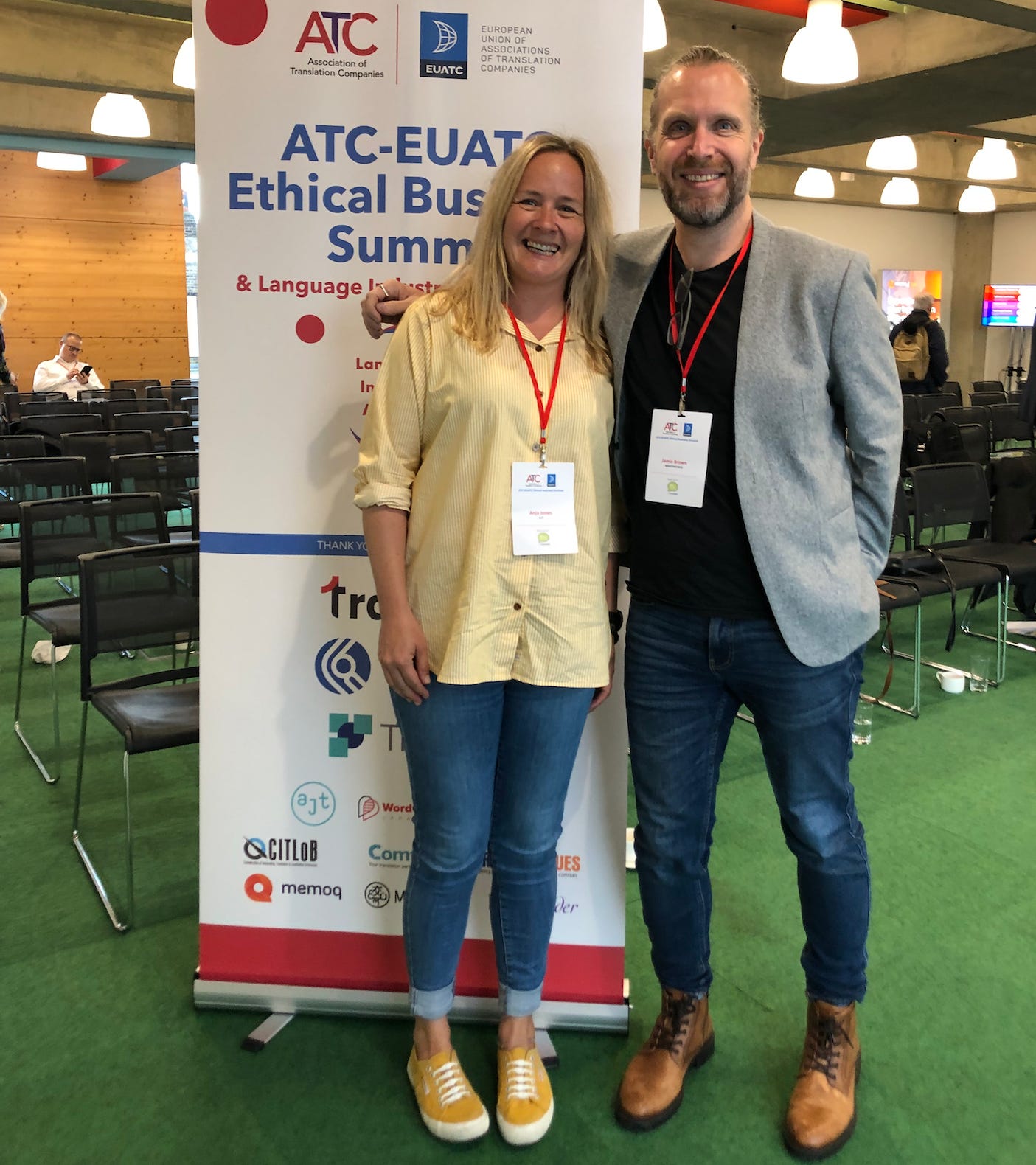In this second episode of the Human(e) Language podcast, I speak to Jamie Brown, a writer, linguist and localisation consultant based in the UK.
Jamie and I met a few years ago when we were both working in the language industry. I was running a B Corp translation company at the time, and Jamie was the Chief Language Services Officer at What3Words, an innovative technology company that has divided the world into 57 trillion 3x3 metre squares. Each square of the world has been given a unique combination of three words. A seemingly simple, yet hugely powerful idea that has resulted in a global product that’s used by millions of people worldwide, as well as by emergency services and postal services.

In this episode, we take a look behind the scenes of What3Words and Jamie shares some of the linguistic and cultural considerations that went into building word lists in 60+ languages to create a human-friendly product.
Along the way, we talk about the relationship between language and culture, cultural sensitivity in localisation, and what it takes to create a product that is user-friendly and accessible to diverse communities. We also speak about the role of technology in revitalising indigenous languages, the digital gap, and linguistic justice.
Finally, we take it all the way back to the beginning and Jamie shares his personal journey into the world of linguistics, shaped by his experience of growing up with a stammer. Jamie speaks about moving to Brazil at the age of 27 without speaking a word of Portuguese, and his experience of delivering a TEDx talk to a room full of 800 people in 2023! We finish off by talking about Jamie’s work as writer and consultant today and the joy of always learning new things.
I highly recommend watching Jamie’s TEDx talk on the Language of Location – it’s a great example of public speaking. And if you would like to work with Jamie or find out more about his services, check out his professional website.
Here are a few helpful links if you’d like to explore some of the topics we discuss in more detail:
The Tamarack Institute’s article on building belonging through linguistic justice
The Linguistic Justice Foundation’s explanation of the concept of linguistic imperialism
Translators without Borders / Clear Global’s case study on using AI to support farmers to adapt to climate change
NVIDIA article on how New Zealand broadcasting organisation Te Hiku Media’s automatic speech recognition model transcribes te reo Māori with 92% accuracy using trustworthy AI
Asia Rising’s event recording of indigenous language rights and the politics of fear in Asia
The Guardian’s article on research into native species being missed because of a language barrier




